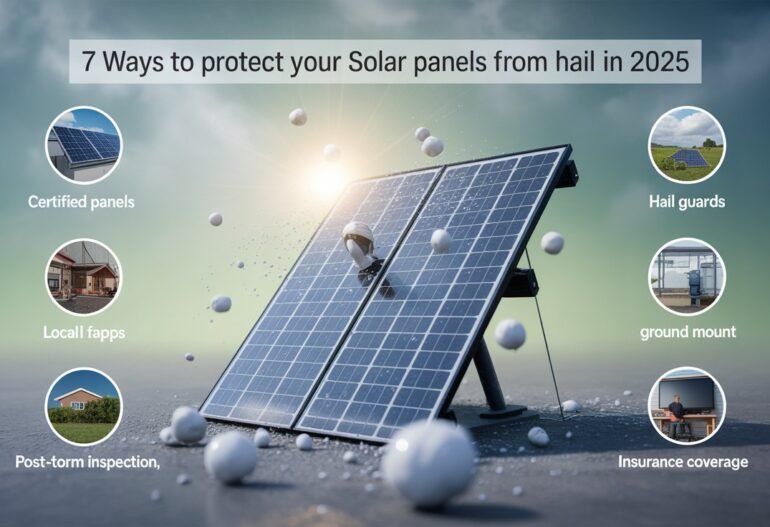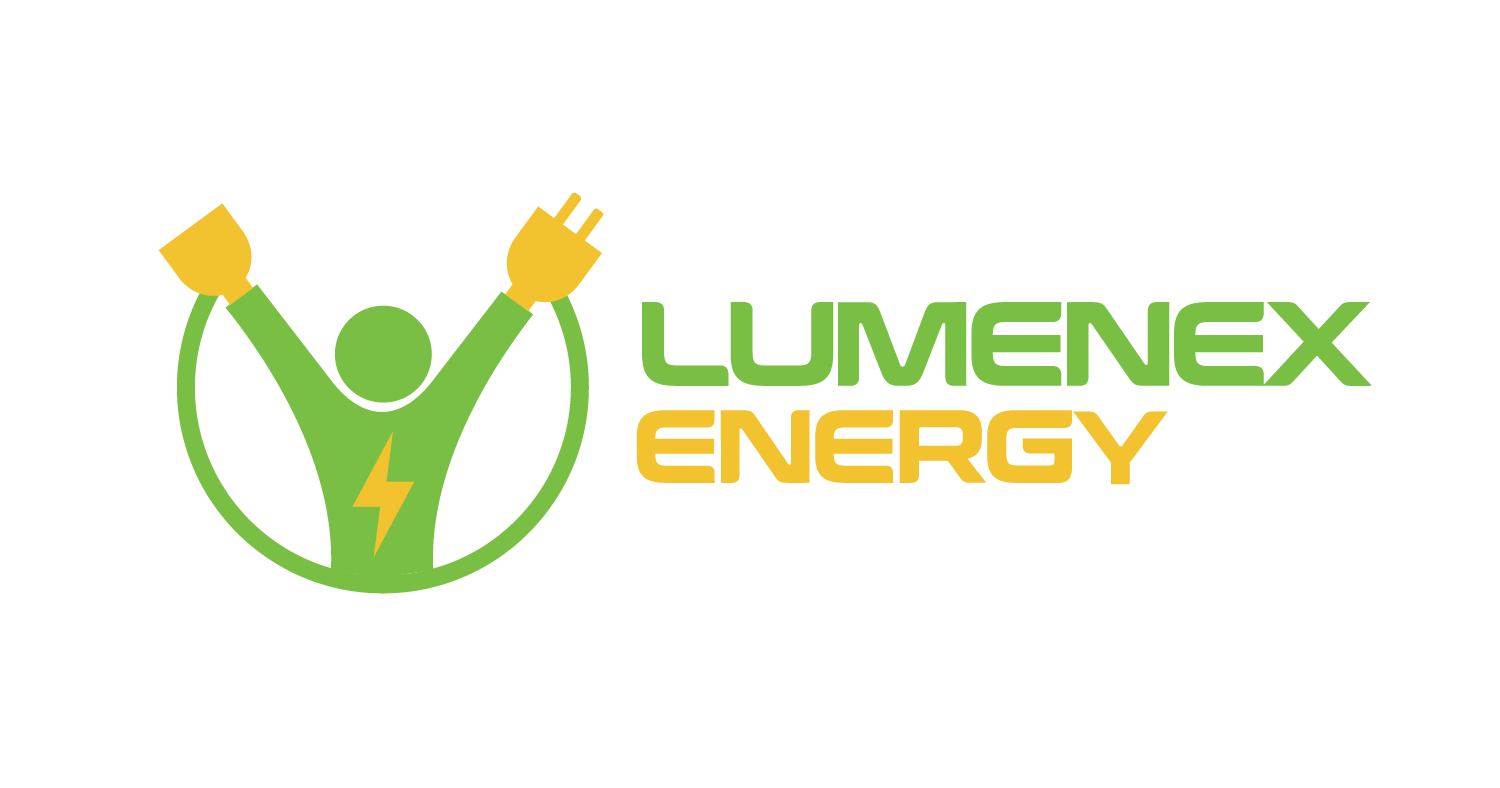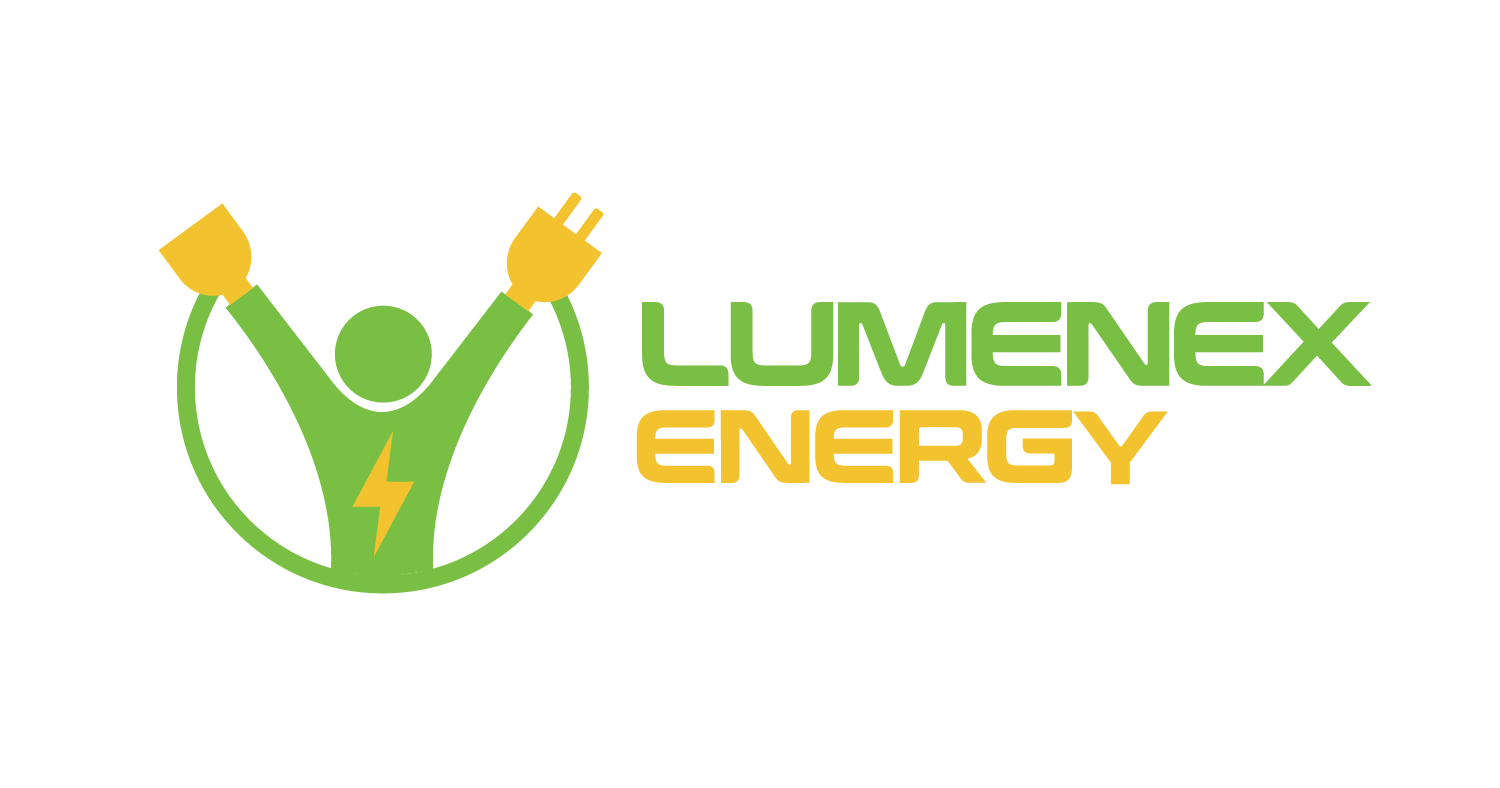With the increase in solar power throughout the United States, one question is on the mind of many homeowners, and that is:
Are solar panels resistant to hailstones?
As climate change continues to wreak havoc with hailstorms and other extreme weather events, it is really time to study how well-built solar panels are and what can be done to preserve your own investment.
In this handbook, we are going to discuss:
- How solar panels are tested against hail
- What causes them to be resistant?
- The recent 2025 Hail Safety regulations
- Wise homeowner protection excerpts
Are Solar Panels Hail Resistant?
Well, most contemporary solar panels are designed with the ability to withstand hailstorms. They are assembled out of high-tech materials and have to undergo high-durability global standards.
Hail Resistance Facts:
- Resisting Standard Impact Testing: Panels are required to resist a 1-inch in diameter hailstone at the speed of 50 mph.
- UL 61730, IEC 61215: These are tests that guarantee panels meet world standards in terms of impact.
- Real-World Evidence: In a Colorado 2017 hail storm, just 1 of 3,000+ (and counting) panels at the National Renewable Energy Lab (NREL) was damaged- due to 2-inch hail rocks.
2025 Update:
Because of the rising severity of the climate, many Tier 1 manufacturers (such as SunPower, Qcells, and REC) have started to test whether they could handle larger sizes of hail. ENSURE each time you buy a panel, that you check out the hail impact rating on the panel.
What Makes Solar Panels Hail Resistant?
- Tempered Glass Top
The outermost cover consists of 34 mm thick tempered glass, which is as much as 40 percent more powerful than any normal glass. It is meant to absorb the impact energy and spread the impact energy.
- Aluminum Alloy Frame
The anodized aluminum frames are used to strengthen panels and make them resistant to corrosion even in extreme weather.
- Oblique Mounting Construction
The panels are normally tilted, hence the passing of the hailstones instead of absorbing the full impact of the hailstones upon them.
- Laminated Encapsulation
Internal photovoltaic (PV) cells are separated by several layers (an EVA film, backsheet) to prevent cracks or moisture from getting to the cells of the system.
What Happens If Hail Hits Your Solar Panels?
Cracks or microfractures can be observed in very infrequent extreme hail (more than 2 inches in diameter). This can:
- Cut down energy production
- Reduce the life of panels
- No warranty (in case of negligence, failure to install correctly)
However, there is nothing to panic about because the majority of damages are covered through the warranty of your solar manufacturer or insurance (see more about it below).
7 Ways to Protect Solar Panels from Hail in 2025
In a state with lots of hail (Texas, Colorado, or the Midwest), you can use the following tricks to take care of your solar investment:
- However, you can purchase panels impregnated with hail-certified ratings.
Choose panels that are up to the standards of at least IEC 61215 and UL 61730. Others even have models that are rated up to 45 mm hailstones (about 1.8 inches).
- Make use of a Certified Local Installer
The systems that are installed by professionals are better placed to reflect hail damage. Local professionals are also aware of the weather threats in your area.
- Put up Hail Guards or Mesh Covers
Panels are enclosed by transparent polycarbonate shields or by wire mesh screens that do not obstruct sunlight. Excellent for the homeowners in hailstorm hot areas.
- Ground Mounted (at option)
Solar systems mounted on the ground can also be adjusted seasonally: the solar panels can be moved down in the winter and even physically covered when it gets high-hail season.
- Check the Weather & take action
Track hail on these weather apps like: NOAA Weather Radar, AccuWeather, or Windy.com. In the case of extreme forecasts, panels with protective sheets should be temporarily covered.
- Panels should be inspected following Major Storms
Microcracks can have a long-term performance effect even though there may be no visible cracks. After the storm breaks, make an appointment with your installer or monitor service to check.
- Check Your Health Insurance
Rooftop solar coverage is usually part of the dwelling portion of any U.S. homeowner’s policy. Do make sure:
- Enlist solar panels as a good home improvement
- Ensure that there is hail and weather damage included
- Inquire about the deductible or solar riders
What Do You Do in the Event of Damage?
When you believe it is ruined:
- Shut down the system (it is not usually safe to shut down the system)
- take photographs of observable damage
- Reach out to the insurance company or installer
- Don’t make DIY repairs, as it can void your warranty
In the majority of the contemporary systems, microinverters or optimizers are employed, which means that any damage to a single panel is not going to lead to the shutdown of the entire set of system.
FAQs
Q: Will Hail Void Solar Panel Warranty?
A: No, not ordinarily; except that there should be no damage to them caused by bad installation or misuse. Make it a point to always read your warranties.
Q: Do I need to take panels out in hail time?
A: It is not necessary. Rather, it is possible to use protective mesh or polycarbonate guards.
Q: Do the ground-mount systems resist hail better?
A: Yes, in a few instances, particularly when you could angle lower or screen them like that, which is done seasonally.




